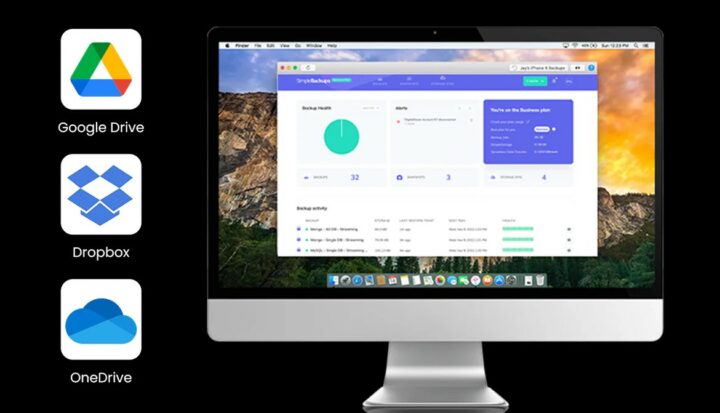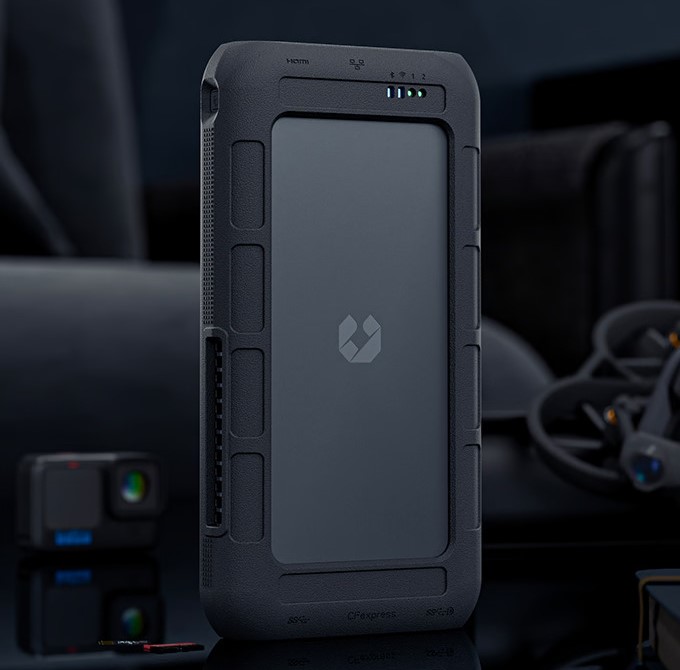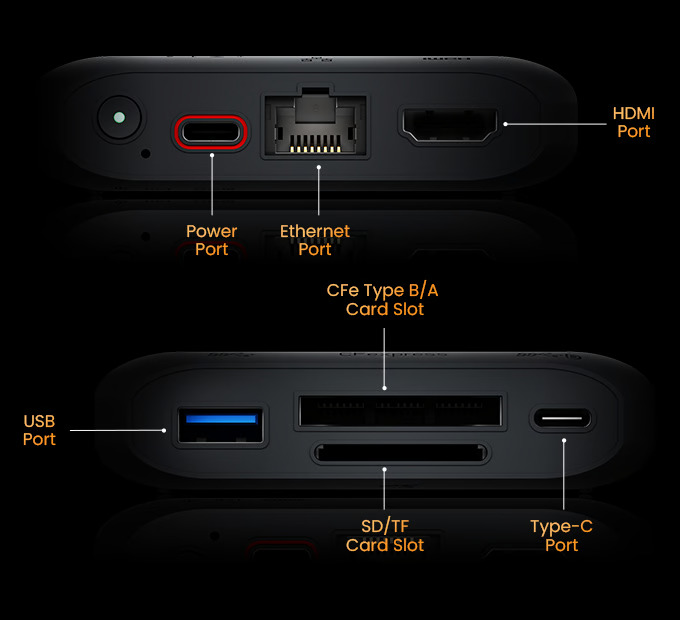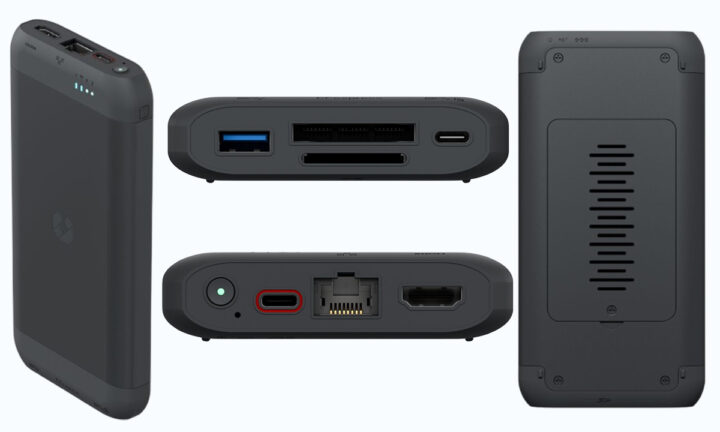The UnifyDrive UT2 is a compact network-attached storage (NAS) device powered by the Rockchip RK3588C processor. It supports WiFi 6, and Bluetooth, and has multiple ports for connectivity. Equipped with two M.2 2280 slots for PCIe 3.0 NVMe SSDs, it offers up to 16 TB of storage. The device can connect to networks via 2.5 GbE or WiFi and also function as a WiFi access point, allowing file transfers even without an internet connection. A built-in battery provides uninterruptible power supply (UPS) functionality, enabling continued operation when unplugged.
Designed for both home and mobile use, the UnifyDrive UT2 offers AI-driven storage management in a portable form factor. Its versatile networking options allow remote access, backups, and on-the-go file transfers. Despite its size, it delivers robust functionality, serving as a full-featured NAS solution in a variety of settings.
I didn’t find any significant differences between the Rockchip RK3588 and RK3588C. This is the first product we’ve covered with the RK3588C at CNX Software. However, we’ve previously reviewed several Rockchip RK3588-based NAS devices and boards, including the Radxa ROCK 5 ITX, TS-AI642 AI NAS, and FriendlyELEC CM3588. If you’re interested in similar solutions, feel free to explore these products.
The UnifyDrive UT2 specifications:
- SoC – Rockchip RK3588C octa-core 64-bit Arm processor
- CPU
- Quad-core Cortex-A76 @ 2.4GHz
- Quad-core Cortex-A55 @ 1.8GHz
- GPU – Mail-G610 MC4 compatible with OpenGLES 3.2, OpenCL 2.2, and Vulkan1.2
- AI accelerator – 6 TOPS NPU
- CPU
- System Memory – 8GB LPDDR4x
- Storage
- 32GB eMMC 5.1 HS400 flash memory for OS
- 2x M.2 2280 slots for PCIe 3.0 NVMe SSDs up to 16TB
- 1x UHS-II, SD/TF Cards support (TF Card Adapter Needed)
- 1x CFExpress Type-B/A (Type A Adapter Needed)
- Display – 1x HDMI 2.1 port and 1x Type-C port supporting up to 8K video
- Networking
- 2.5 Gigabit Ethernet RJ45 port
- 802.11ax WiFi 6 and Bluetooth 5.0
- USB
- 1x USB 3.2 Gen 1 Type-C for data and video
- 1x USB 3.2 Gen 1 Type-A
- 1 x USB Type-C port for power input
- Power
- Input – 33W power input (12V/2.75A)
- 2,200 mAh lithium-ion rechargeable battery provides up to an hour of run time
- Dimensions and weight
- Without silicon case – 170 x 85 x 21mm | 306 grams
- With silicon case – 174 x 90 x 28mm | 371 grams
The UnifyDrive UT2 is a compact NAS designed for reliable data management. It features two M.2 slots that allow for flexible storage options, including support for a single SSD or a RAID 1 configuration for mirrored file redundancy. Additionally, it offers a custom UDR Selective RAID mode, enabling selective mirroring of important files while optimizing storage space for less critical data.
The device includes a built-in UPS battery for uninterrupted power and a U-shaped airflow design for efficient cooling across both SSDs and the chipset. It supports AP mode for direct wireless file access without an internet connection and WiFi mode for improved data transfer speeds and stable network connectivity, ensuring smooth performance during intensive tasks.
The device runs on UDOS (UnifyDrive Operating System), pre-installed on 32GB of eMMC storage. It can be controlled via Android and iOS mobile apps or a desktop interface. Additionally, the UT2 can function as a media player by connecting it to a display using HDMI or USB-C, with an included wireless remote for easy navigation. It also supports cloud backup with Google Drive, Dropbox, and OneDrive, and offers Docker support, allowing the installation of Linux apps like Plex or Jellyfin within containers.

The company includes a remote control, USB Type-C cable, screwdriver, power adapter, HDMI cable, Ethernet cable, and two batteries with the UT2. UnifyDrive has launched its Kickstarter campaign for the UT2, revealing early bird pricing for the portable NAS at $399 for backers during the funding period. For more details, visit the Kickstarter product page or check the official product page.

Sayantan Nandy, an electronics engineer with over four years of hands-on experience in PCB design, circuit development and power electronics, is proficient in EAGLE CAD, Ki-Cad, and Altium. He has a proven track record of delivering efficient and effective systems. His expertise extends from R&D, and prototyping to production support, making him a valuable asset to any engineering team.
Support CNX Software! Donate via cryptocurrencies, become a Patron on Patreon, or purchase goods on Amazon or Aliexpress







